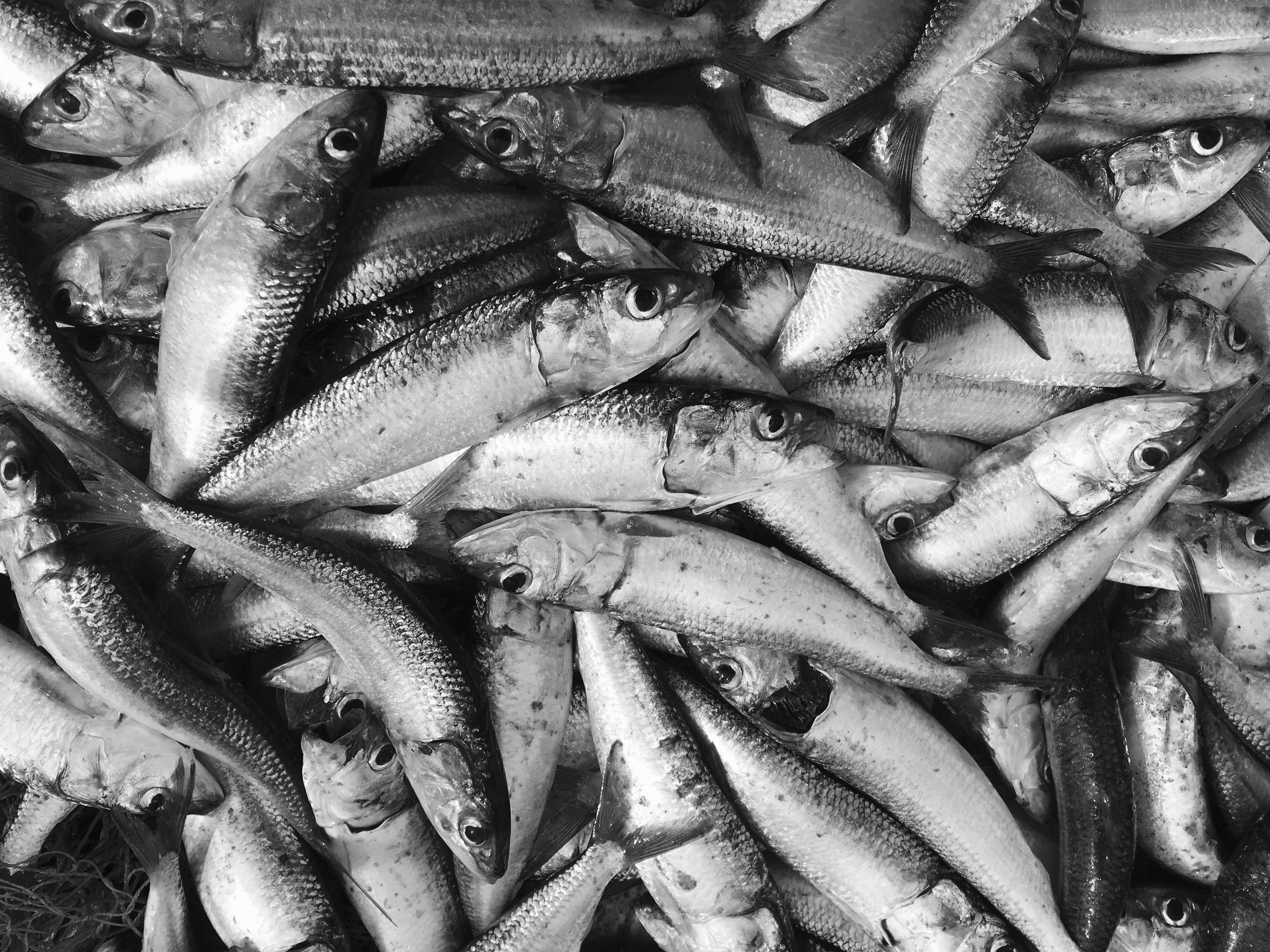About
With natural resources like forests and reservoirs, it is generally a straightforward process to determine the quality and condition of the resource in question: you can observe the health and coverage of trees and the level of water in a reservoir. For fisheries, it is not quite so simple - how can you assess something that you can’t fully observe? In the past, researchers and managers only knew the condition of a small fraction of the world’s fisheries - the large, valuable fisheries for which we have ample data. However, these well-studied fisheries represent only a few hundred of the world’s 10,000+ fisheries, meaning our view of the overall health of global fisheries has been skewed: more than 70% of the world’s total catch comes from unassessed fisheries.
In order to make more informed decisions on how to sustainably manage them, emLab Ocean & Fisheries researchers developed an innovative method for assessing the health of the world's data-limited stocks.
